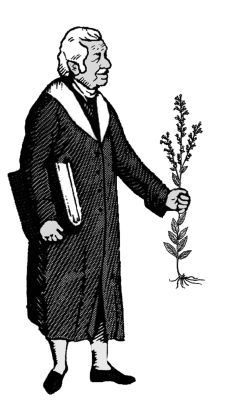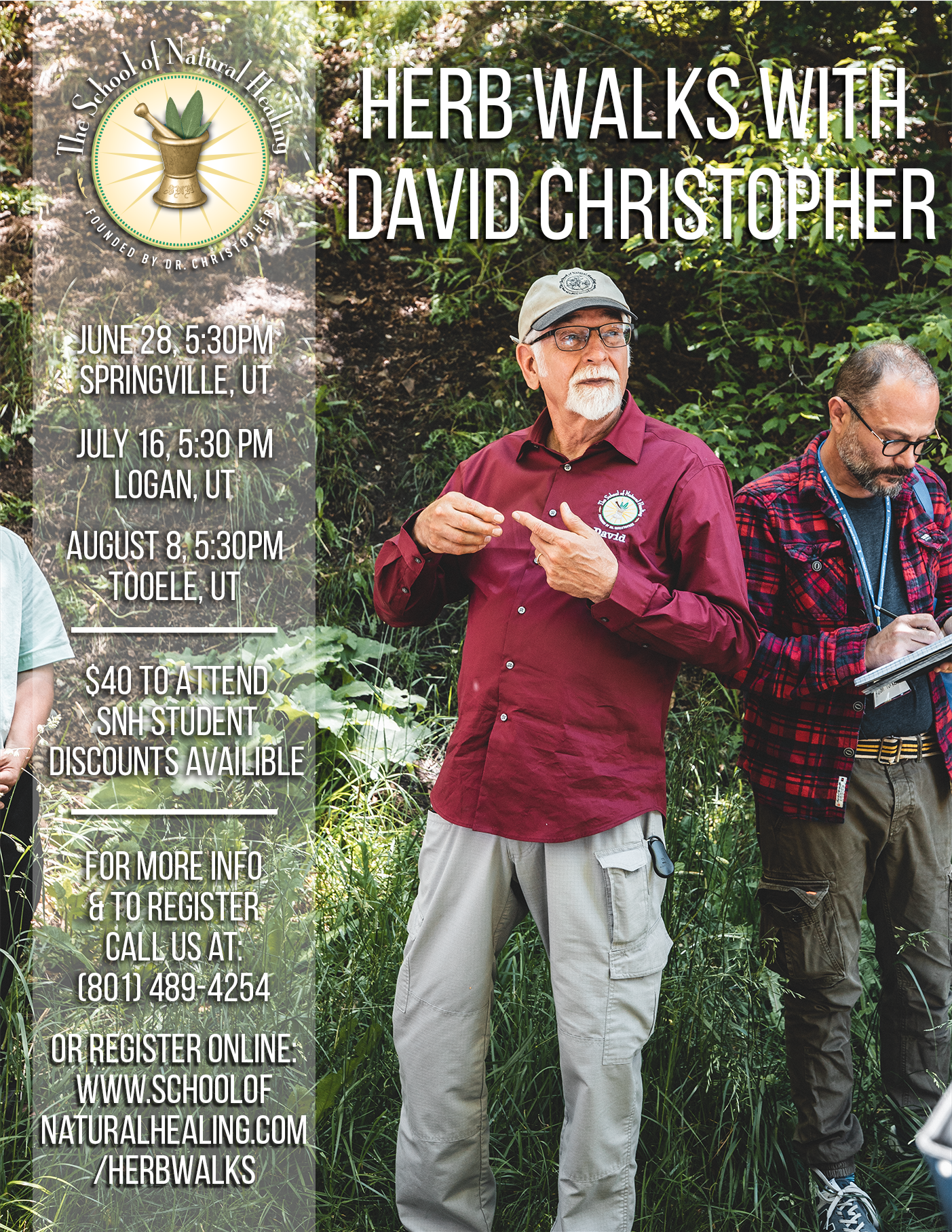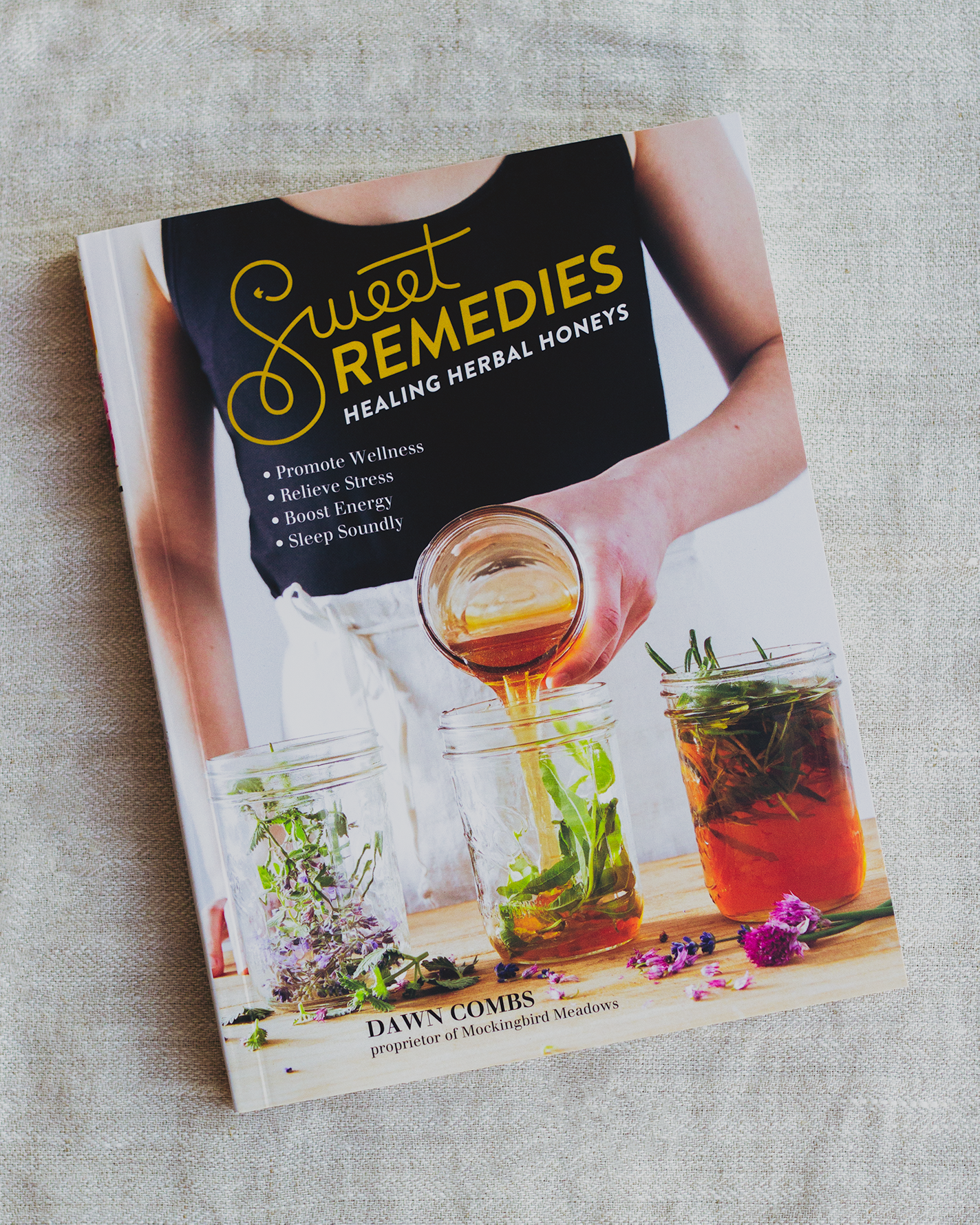Free Vitamins and Minerals
Published: Wed, 08/07/19
August 7, 2019
Free Vitamins and Minerals David Christopher, M.H.
Knowing me and the philosophy of The School of Natural Healing you probably guessed that in the title I was talking about getting free vitamins and minerals from the food we eat. That is true, you can get them from food, but I said free. You have to spend money for food whether you buy it from the market or grow it in your garden. You would need to spend money on seeds, water, your time, and even consider the cost of mortgage payments or rent.
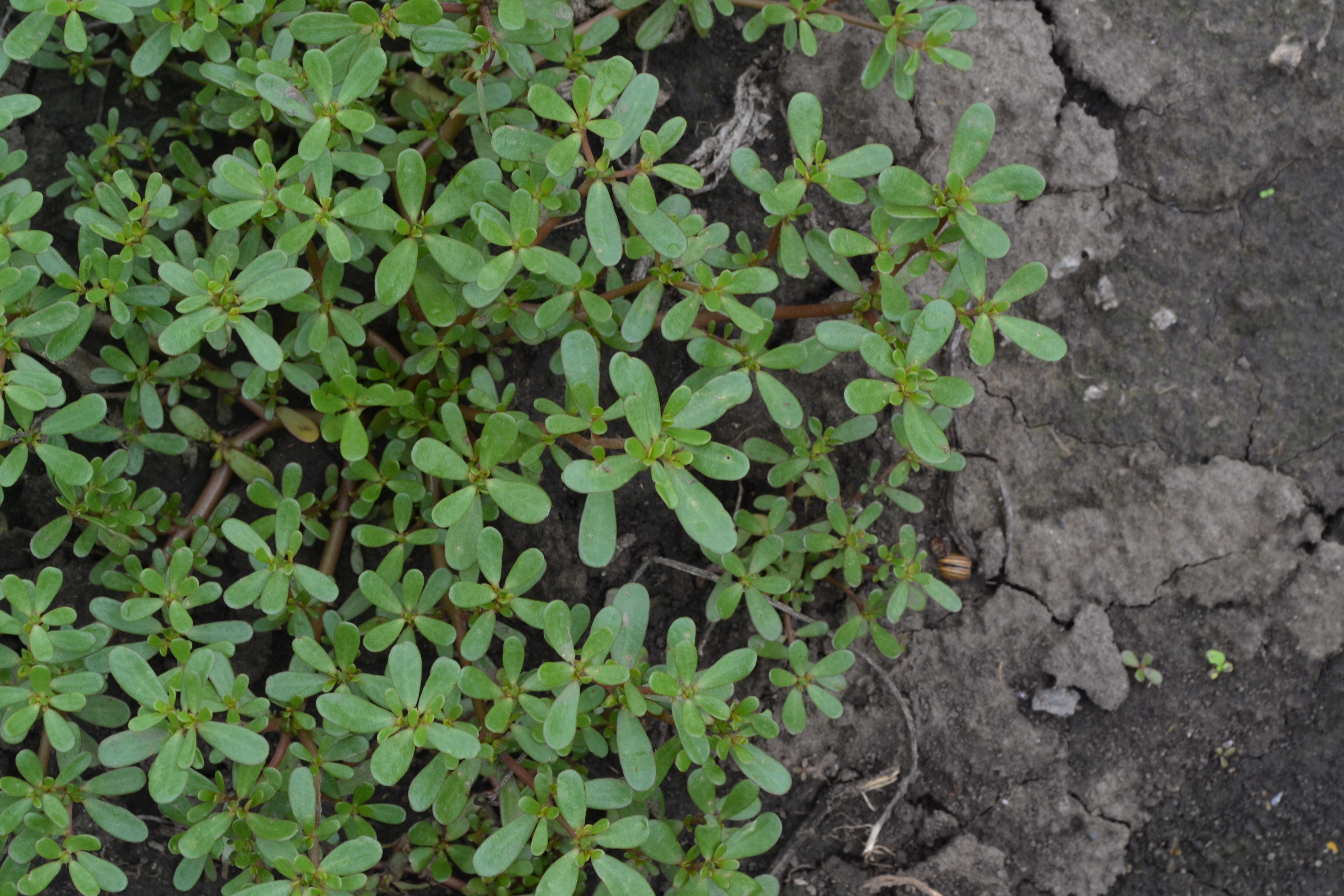
The source of free vitamins and minerals I’m talking about is practically everywhere and exceeds the amounts of vitamins and minerals found in food. These naturally growing supplements are found in common weeds. They are called weeds because they are low in calories which sustain us. There are many vitamin and mineral rich weeds like dandelion and lambs’ quarter, but I am going to focus on purslane.
The Latin name for purslane is Portulaca oleracea and it is one of the most common weeds in the world. It thrives in hot climates but will tolerate areas with as little as two months growing season. In India it is very popular, cultivated, and is purported to have been one of Gandhi’s favorite foods. The United States is perhaps the only country that does not cultivate or market purslane. It is not native in the U.S. but can be found in uncultivated areas even growing between the cracks in the sidewalks and asphalt.
Purslane has 6 times the vitamin E and carotene content as carrots and spinach. It is also a great source of vitamins A, C, B complex, and has ample amounts of calcium, iron, copper, zinc, magnesium, manganese, phosphorous, potassium, selenium and pectin. Purslane leaves of all the leafy plants has the highest source of omega 3 fatty acids, including ALA, EPA, and DHA. The omega 3 content equals that of fish. Since our bodies cannot produce essential fatty acids, they should be consumed daily and most Americans are deficient. We do not need to spend any money on omega 3 supplements. We can get them for free just by eating a cup a day of purslane. As a bonus, purslane is one of the few really good tasting weeds available. It should be eaten raw, especially in salads. It can be steamed or boiled for one or two minutes and still retain most of its benefits. In curries it is cooked longer, but you may be losing nutrients. The succulent stems lend well to pickling; however, the roots are traditionally avoided. One plant can produce as much as 200,000 seeds. The seed pods can be gathered, placed in paper bags, and put in a warm place which will encourage the pods to burst thus capturing the seeds. These seeds can be spread on growing trays, like wheat grass, for consistent fresh plant supplies.
Purslane is also medicinal. Its mucilaginous properties soothe all inflamed tissue. The beta lain alkaloid pigments found in the redding stems are powerful anti-oxidants, and the beta-xanthine found in the flowers are anti-mutagenic. Purslane is one of the few food sources that contain dopamine and norepinephrine for depression, Parkinson’s disease, and to reduce hemorrhage at the tissue level.
Purslane is a food and can safely be used in large quantities. It can be used like spinach, but like spinach has oxalates, which may be a caution for those affected with the formation of stones. However, traditionally purslane was used for gout and to break up stones. So perhaps purslane’s dissolvent qualities negate its natural occurring oxalates.
Save money and let purslane and other edible weeds provide your vitamins and minerals for free.
David Christopher is a Master Herbalist and the director of The School of Natural Healing. He also cohosts the popular radio show "A Healthier You" and is a popular international teacher and lecturer.
Printable Version: http://herballegacy.com
Get it for 25% off
A Healthier You Radio show is back!
Listen live every Monday morning at 11:30 Mountain Time.
Click here for the link to listen to our live show
David Christopher is now on Twitter!
You can follow David @DChristopherMH
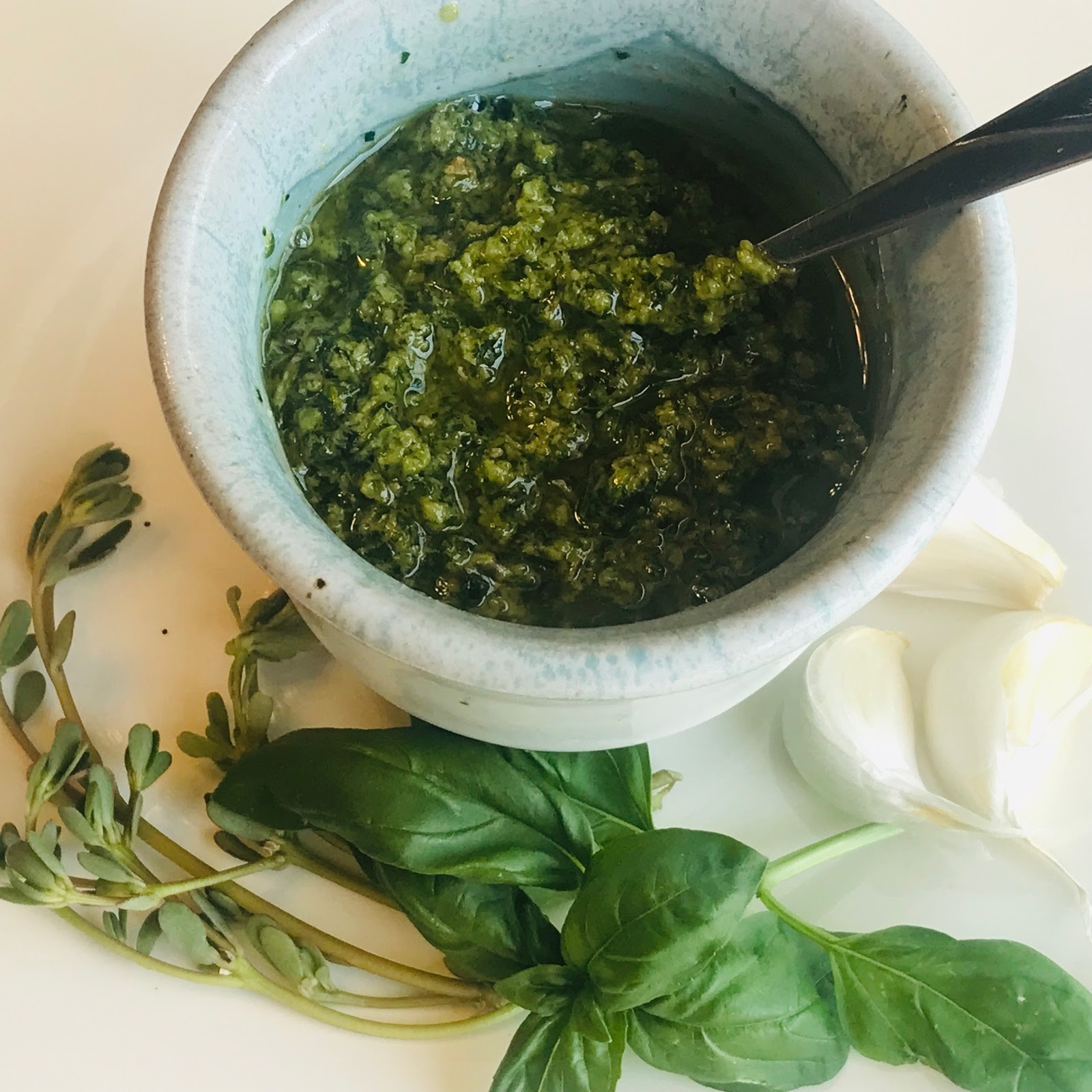
3 large garlic cloves
1 ¼ C of basil leaves
¾ C of purslane leaves (can have bits of stem)
½ C extra virgin olive oil
½ C pine nuts shelled
½ tsp. Himalayan salt
This is a dairy free pesto and high in ALA and EPA Omega 3 fatty acids. Your body will thank you for feeding it such nutrient dense food. You’ll need a food processor or blender to make this or you could try a mortar and pestle to work the ingredients together.
First add the pine nuts and garlic into the food processor until it is a fine crumble. Then add the leaves of the purslane and basil and blend as best as you can. Next add the oil and salt and fully mix. This makes about 1 cup of pesto. If you double this batch you may be able to get it more purée for those who prefer a smoother texture.
Serve over raw zucchini noodles or however you best enjoy pesto!
Recipe by Kelly Pomeroy
Printable Version: http://www.herballegacy.com
Herbal Resource Links
- Herbal Legacy - http://www.herballegacy.com - Our free information website
- The School of Natural Healing - http://www.snh.cc - Quality Education since 1953
- Christopher Publications - http://www.christopherpublications.com - Dr. Christopher's books and more
- Christopher Websites - http://www.christopherwebsites.com - Find all Christopher websites and other great resources
- A Healthier You Radio Show - http://www.ahealthieryouradio.com - Free weekly radio show
The School of Natural Healing: http://www.snh.cc
Christopher Publications: http://www.christopherpublications.com
NOTICE: All information in this newsletter is given out as information only and is not intended to diagnose or prescribe. For our official Disclaimer, Biological Individuality, Important Notice & Terms of Use please see: http://www.herballegacy.com/Disclaimer.html
This newsletter is sent by permission only - you can unsubscribe quickly and easily by clicking the link below.
.

